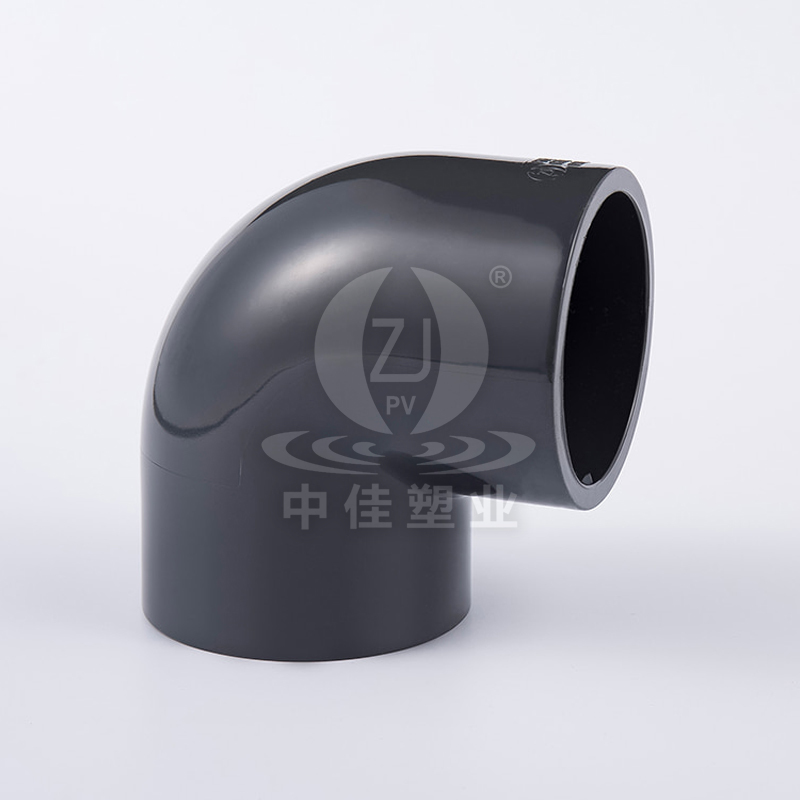

In the world of construction, infrastructure, and modern plumbing systems, the choice of piping materials can significantly impact the performance, durability, and maintenance requirements of a system. Among the various materials available in the market, unplasticized polyvinyl chloride (UPVC) has become a top contender for professionals and homeowners alike.
What Are UPVC Pipes and Fittings?
UPVC, or unplasticized polyvinyl chloride, is a type of plastic known for its rigidity and high chemical resistance. Unlike regular PVC, UPVC does not contain plasticizers, which are additives that make materials more flexible. This lack of plasticizers gives UPVC its stiff and durable characteristics, making it an ideal material for plumbing, water supply, sewage, drainage, and irrigation systems.
UPVC pipes are used to transport both potable water and nonpotable liquids under high pressure and are joined using a variety of fittings such as elbows, couplings, tees, and reducers. These fittings make the installation process simpler and allow for a wide range of piping system configurations.
Key Advantages of UPVC Pipes and Fittings
1. Corrosion and Chemical Resistance
One of the most notable benefits of UPVC pipes is their resistance to corrosion. Unlike metal pipes, which can rust or degrade over time, especially in acidic or saline environments, UPVC does not react with water or most chemicals. This makes it particularly suitable for areas with aggressive water conditions or industrial applications involving chemical waste.
2. Long Service Life
Thanks to their durable and nonreactive nature, UPVC pipes and fittings can last for decades—often over 50 years—without significant degradation. Their low wear and tear rate reduces the need for frequent replacements or repairs, making them highly costeffective in the long run.
3. Lightweight and Easy to Handle
UPVC is a lightweight material, which makes the pipes and fittings easy to transport, handle, and install. This results in reduced labor costs and installation time, especially when compared to heavy metal piping systems. It also means fewer injuries and less specialized equipment required on job sites.
4. LeakProof Jointing
UPVC pipes are typically joined using solvent cement welding or rubber ring joints, which provide a strong, leakproof seal. This eliminates the risk of water loss or contamination and ensures efficient fluid flow through the system.
5. CostEffective Solution
When it comes to overall cost, UPVC offers significant savings. Not only are the material and production costs lower than those for copper or stainless steel, but the ease of installation, minimal maintenance, and long lifespan also contribute to a reduced total cost of ownership.

6. UV Resistance and Weather Proofing
UPVC pipes are often treated with UV stabilizers that protect them from the harmful effects of sunlight, making them ideal for outdoor applications. Their resistance to weathering allows them to function efficiently in a wide range of environmental conditions without cracking, fading, or warping.
7. NonToxic and Safe for Drinking Water
UPVC is nontoxic and safe for carrying potable water, which is why it is widely used in residential and municipal water supply systems. It does not alter the taste or quality of water and complies with global safety standards for drinking water pipelines.
8. Smooth Interior Surface
The interior of UPVC pipes is smooth and does not support scale or biofilm formation. This results in low friction loss, improved flow rates, and reduced energy consumption for pumping. Moreover, it minimizes the risk of blockages and simplifies system cleaning and maintenance.
Common Applications of UPVC Pipes and Fittings
Given their extensive benefits, UPVC pipes and fittings are used in a broad range of sectors:
Residential Plumbing: Ideal for water supply lines and drainwastevent (DWV) systems in homes.
Agricultural Irrigation: Used for sprinkler systems, drip irrigation, and mainline distribution.
Sewage and Drainage Systems: Widely used in underground sewer networks due to their chemical and corrosion resistance.
Industrial Piping: Suitable for transporting chemicals, waste liquids, and compressed air.
Municipal Water Supply: Used in city water distribution systems and water treatment facilities.
Telecommunication: Acts as protective conduits for fiber optic and electric cables.
Environmental Impact and Sustainability
As environmental concerns continue to grow, it's essential to choose materials that are not only effective but also environmentally responsible. UPVC stands out in this regard due to its low carbon footprint and recyclability. Its long life cycle means fewer replacements and less waste, while its manufacturing process consumes less energy than many metal alternatives.
Furthermore, modern UPVC formulations are free from heavy metals like lead, ensuring that the pipes are ecofriendly and safe for human health.
Why UPVC Is the Future of Piping Systems
With an increasing demand for costeffective, reliable, and sustainable infrastructure, UPVC has emerged as a futureproof solution. It offers unmatched versatility, proven performance, and enduring durability across diverse environments and industries. Whether you're a contractor working on a largescale industrial project or a homeowner upgrading your plumbing, UPVC pipes and fittings deliver an unbeatable combination of strength, safety, and savings.
Final Thoughts
The global shift toward smarter and greener construction solutions has placed materials like UPVC at the forefront of innovation. Thanks to its outstanding properties—including corrosion resistance, longevity, low maintenance, and safety—UPVC continues to gain traction in both developed and developing regions.